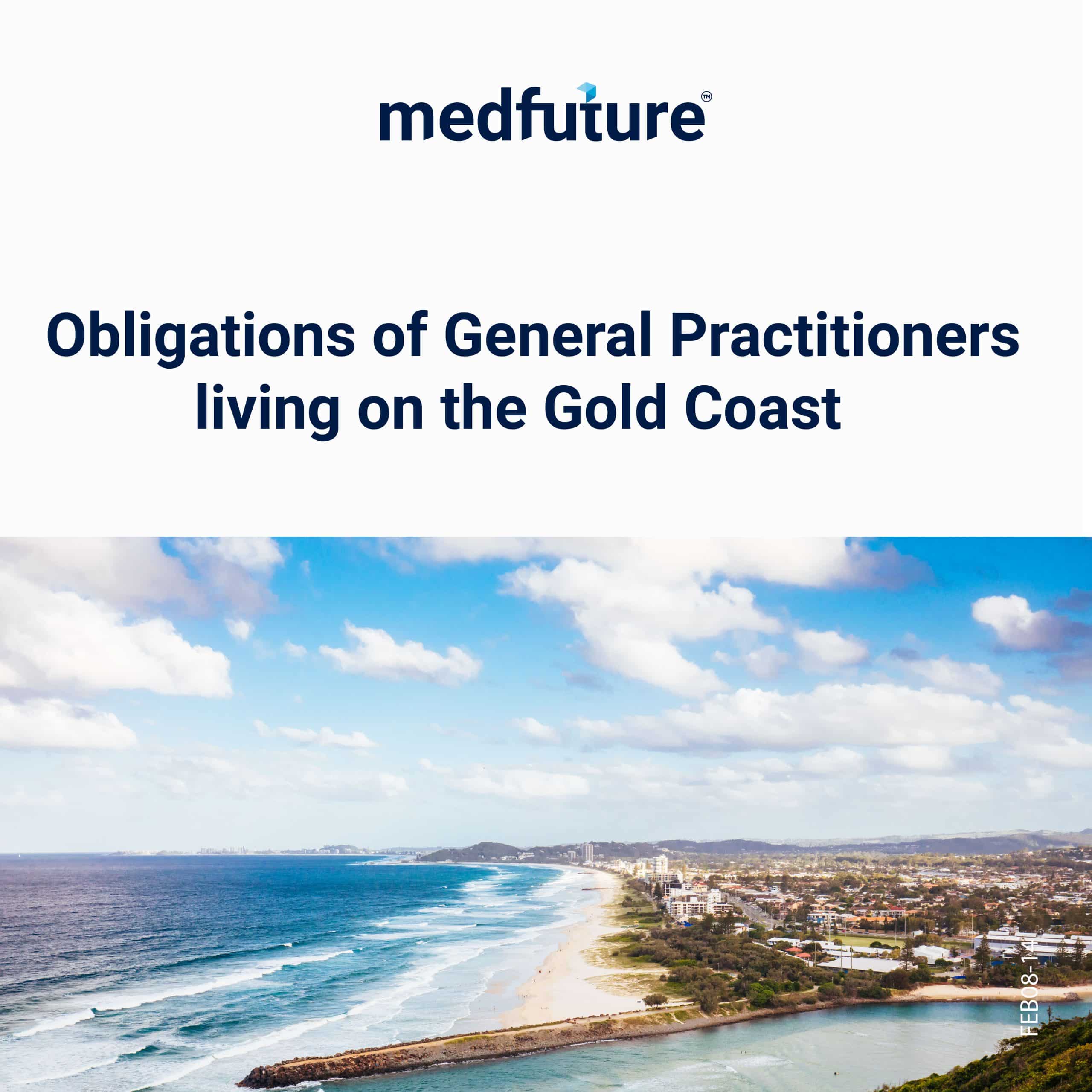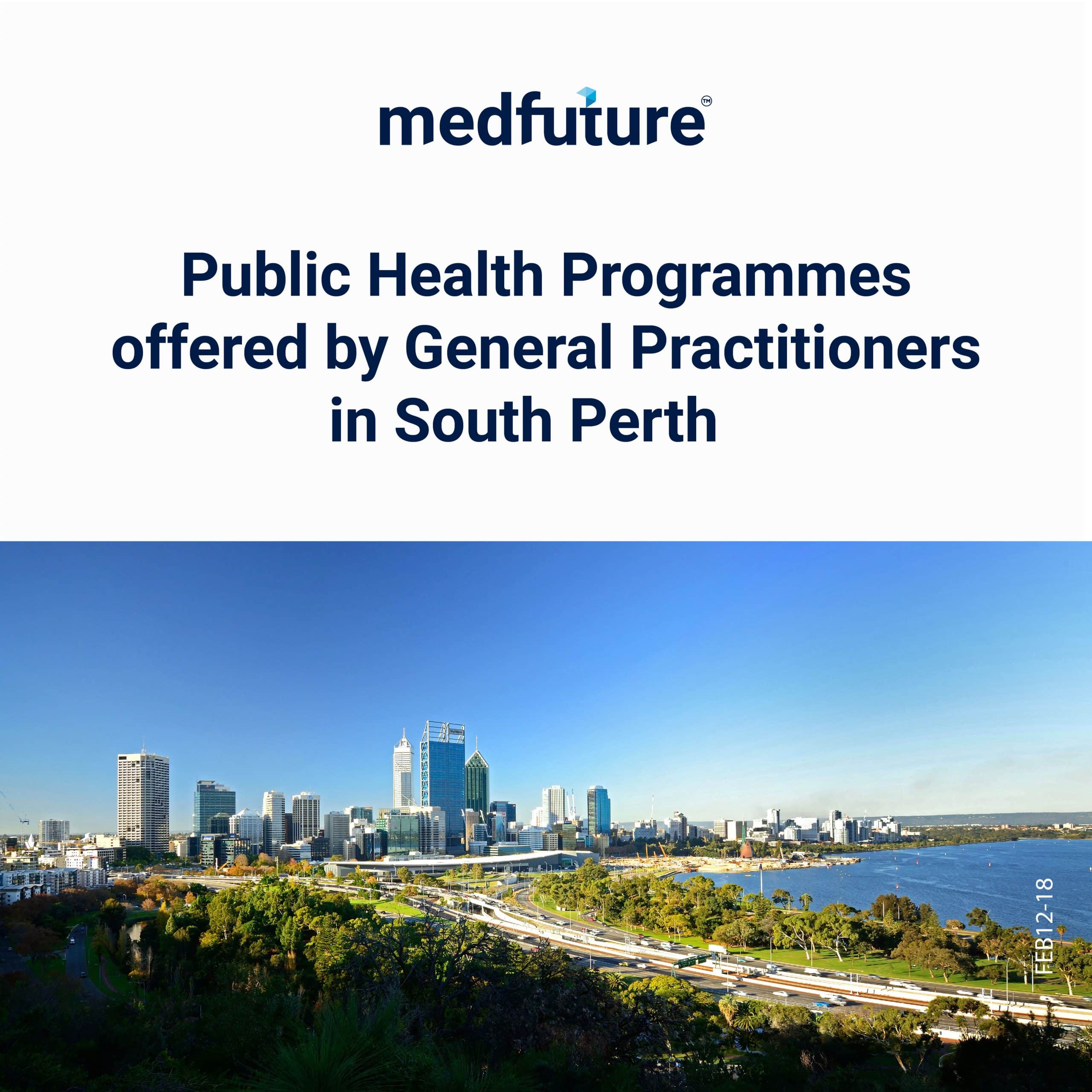Aboriginal young people in Australia suffer a wide range of health issues that are both complex and severely founded on historical, social, and economic circumstances. As we explore the many health challenges that affect this group, it becomes clear that addressing the well-being of Aboriginal young people necessitates an in-depth understanding of their particular cultural circumstances. The health condition of Aboriginal young people in Australia is a diverse panorama, with a higher prevalence of chronic illnesses and inequities in mental health outcomes. The purpose of this article is to explore and throw light on the prevalent health difficulties impacting Aboriginal youth groups, as well as to examine the linked elements that contribute to these challenges and advocate for culturally sensitive and community-driven ways to improve overall health outcomes.
The dedication of Medfuture medical and healthcare Recruitment guides healthcare experts in the research of widespread health concerns confronted by Aboriginal kids. Our continuous assistance ensures that healthcare specialists are positioned in areas where their expertise is required. As we dive into the complexities of Aboriginal health, we emphasise Medfuture’s crucial role in bridging the gap between competent experts and Aboriginal young people’s critical healthcare requirements.
Aboriginal
Aboriginal individuals face unavoidable and systematic health disparities, leading to unequal access to healthcare services. In certain communities, there is insufficient health infrastructure. Health inequalities for Aboriginal youth commence in childhood and persist throughout their lives, increasing their vulnerability to diminished health, disability, and a lower quality of life.
Life expectancy and deaths
Life expectancy and mortality rates serve as crucial indicators for assessing the health of a population. Based on current mortality trends, Aboriginal males have an expected lifespan of 71.6 years, while aboriginal females can anticipate living around 75.6 years. Generally, life expectancy is lower in remote areas, with aboriginal males and females residing in major cities expected to live approximately six years longer than those in remote and very remote areas.
Over the past decade, Aboriginal death rates have declined across most age groups, contributing to an increase in the median age at death from 56.5% to 61.0%. The primary causes of death among Aboriginal Australians include coronary heart disease, diabetes, chronic lower respiratory diseases, lung, bronchus, and trachea cancers, as well as intentional self-harm.
In recent years, cancers have surpassed cardiovascular diseases as the leading group of fatal diseases among both Aboriginal and non-Aboriginal Australians. The age-standardised death rate for cardiovascular disease among Aboriginal Australians has decreased from 323 to 229 per 100,000, while the cancer death rate has risen from 205 to 235 per 100,000.
For comprehensive information on life expectancy and mortality among Aboriginal Australians, including infant and child mortality, primary causes of death, avoidable and preventable deaths, and temporal changes, the Aboriginal Health Performance Framework offers detailed insights.
Aboriginal youth generally expressed positive self-assessed health statuses, with comparable outcomes in both remote and non-remote regions. About 35% of Aboriginal youth reported long-term health conditions or disabilities, and 5% required assistance with daily activities. In the 12 to 24 age group, Aboriginal youth had similar occurrences of at least one long-term health condition (e.g., asthma, type 1 diabetes, and cancer) compared to non-Aboriginal youth, but they exhibited elevated rates of communicable diseases, including
Rheumatic fever and rheumatic heart disease
Eye disease
Ear disease
Infectious diseases (pertussis, mumps, pneumococcal disease, hepatitis B and C, gonorrhoea, syphilis, and chlamydia)
Skin diseases (scabies, particularly in remote communities)
The self-assessed health status of Aboriginal youth aged 15–24 years reflects their evaluations of their well-being
Self-Harm or suicide
The suicide rates among Aboriginal individuals aged 15 to 19 exhibit a stark disparity, with rates for males (37.8 per 100,000 persons) and females (16.1) approximately four times higher than their non-Aboriginal counterparts (males: 10.1, females: 4.0). In the 20 to 24 age group, the suicide rate for Aboriginal males (64.2 per 100,000 persons) is more than three times higher than non-Aboriginal males (19.3), while the rate for aboriginal females (20.1) is four times that for non-Aboriginal females (5.0). This alarming discrepancy underscores the urgent need for targeted interventions and mental health support for Aboriginal youth.
Hearing health, eye health
Hearing issues disproportionately impact Aboriginal children, particularly those residing in remote areas. Otitis media, characterised by inflammation and/or infection of the middle ear, is the primary factor contributing to hearing loss in Aboriginal children. Childhood hearing loss can impede speech and language development, potentially leading to behavioural issues, premature school dropout, limited employment opportunities, and an increased likelihood of involvement with the criminal justice system.
To address these challenges, targeted initiatives such as the Northern Territory hearing health outreach programme and the Queensland Deadly Ears programme have been established. These programmes focus on diagnosing and treating hearing problems among Aboriginal children, aiming to mitigate the impact on the Aboriginal community.
Vision impairment significantly affects an individual’s quality of life and hinders daily activities, including limiting physical mobility, work opportunities, educational pursuits, and social interactions. Aboriginal Australians aged 40 and above experience higher rates of preventable vision issues, such as trachoma, diabetic retinopathy, and cataracts, compared to their non-Aboriginal counterparts of the same age.
The Aboriginal eye health measures annual report serves as a foundational resource for monitoring changes in Aboriginal eye health, uncovering disparities, and identifying potential gaps in service provision.
Pregnant or parenting
The fertility rate of young women aged 15 to 19 has decreased, although that of young Aboriginal women has remained high. Pregnancy rates among young women are greater in rural and isolated places than in cities. This might be attributed to a lack of access to sexual health treatments, lower educational levels, less career options, and a greater emphasis on family formation.
When compared to young non-Aboriginal moms, Aboriginal young mothers have a higher risk of stillbirth and new-born mortality. Aboriginal women are more likely to die at a young age from external reasons (e.g., accidents) and have a two to threefold greater risk of suicide when compared to other moms.
Illustrate variations in the factors leading to hospitalisation due to injuries across different age brackets
Transport Accidents 21.4%
Mechanical forces 21.2%
Other unintentional 14.4%
Accidental falls 11.3%
Interpersonal violence 1 1.0%
Hospitalisation rates for injuries are elevated among Aboriginal youth in comparison to their non-Aboriginal counterparts. The primary reason for hospitalisation in Aboriginal youth aged 15 to 17 years and 18 to 24 years is attributed to assault injuries.
Oral Health
Growing evidence points to a connection between oral health and chronic conditions like cardiovascular disease, stroke, and diabetes. Certain populations, including those with low income, social disadvantages, Aboriginal individuals, and those in rural and remote areas, face a higher risk of poor oral health. Youth people have unique oral health needs due to elevated rates of tooth decay, cavities, and the requirement for orthodontic care. According to the Royal Australasian College of Physicians, 64 percent of young people aged 15 to 24 years have encountered dental caries, and 19 percent of this demographic have experienced the loss of at least one tooth due to dental disease.
Indigenous children exhibit a higher likelihood of encountering tooth decay and facing hospitalisation for dental issues compared to their non-Indigenous counterparts. The inferior oral health outcomes in Indigenous children can be attributed to various factors, including social disadvantage and limited access to suitable diets and dental services.
Programmes like the Northern Territory Remote Aboriginal Investment Oral Health Programme have a specific goal of identifying and treating oral health issues among Indigenous populations, with the overarching aim of minimizing their impact on the Indigenous community.
In conclusion, the health challenges faced by Aboriginal young people in Australia are multifaceted and deeply rooted in historical, social, and economic circumstances. Addressing these challenges requires a nuanced understanding of their cultural context. The health panorama for Aboriginal youth is marked by a higher prevalence of chronic illnesses, mental health inequities, and disparities in access to healthcare.
Medfuture Recruitment Agency plays a crucial role in bridging the gap between competent healthcare experts and the critical healthcare needs of Aboriginal young people. The dedication of this agency ensures that healthcare specialists are strategically positioned to address prevalent health concerns faced by Aboriginal children.





